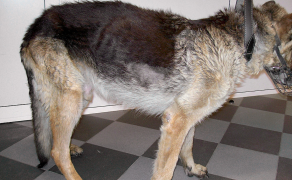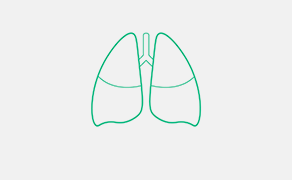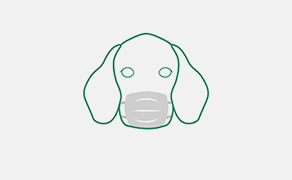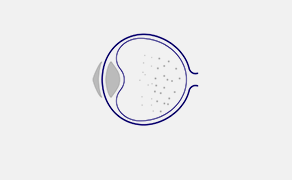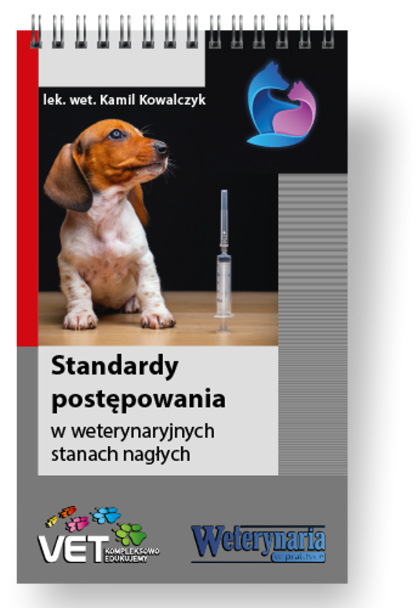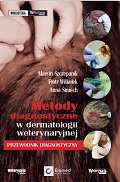Najnowsze trendy i zmiany paradygmatów w branży patologii cyfrowej
Piśmiennictwo
- Kannan S. et al.: Segmentation of glomeruli within trichrome images using deep learning. „Kidney International Reports”, 2019, 4, 7, 955-962.
- Martin D.R. et al.: A Deep Learning Convolutional Neural Network Can Recognize Common Patterns of Injury in Gastric Pathology. „Archives of Pathology & Laboratory Medicine”, 2019.
- Guo X. et al.: Liver Steatosis Segmentation With Deep Learning Methods. 2019 IEEE 16th International Symposium on Biomedical Imaging (ISBI 2019). IEEE, 2019.
- Yu Y. et al.: Deep learning enables automated scoring of liver fibrosis stages. „Scientific Reports”, 2018, 8, 1, 1-10.
- Kapil A. et al.: Deep semi supervised generative learning for automated tumor proportion scoring on NSCLC tissue needle biopsies. „Scientific Reports” 2018, 8, 1, 1-10.
- Aprupe L. et al. Robust and accurate quantification of biomarkers of immune cells in lung cancer micro-environment using deep convolutional neural networks. „PeerJ”, 2019, 7, e6335.
- Heinemann F. et al.: Deep neural network based histological scoring of lung fibrosis and inflammation in the mouse model system. „PloS one”, 2018, 13, 8.
- Xie Y. et al.: Deep Learning for Muscle Pathology Image Analysis. Deep Learning and Convolutional Neural Networks for Medical Imaging and Clinical Informatics. Springer, Cham, 2019, 23-41.
- Sing T. et al.: A deep learning-based model of normal histology. „bioRxiv”, 2019, 838417.
dr n. wet. Aleksandra Żuraw
Charles River Laboratories
22022 Trans-Canada Hwy,
Senneville, QC H9X 1C1, Kanada
Mogą zainteresować Cię również
Znajdź swoją kategorię
2608 praktycznych artykułów - 324 ekspertów - 22 kategorii tematycznych
Weterynaria w Terenie
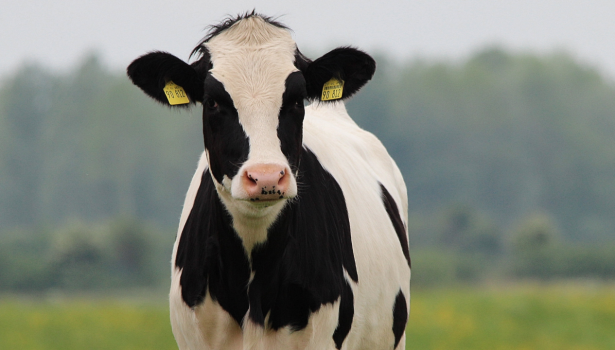
Podkliniczny niedobór wapnia i jego wpływ na wyniki rutynowych badań laboratoryjnych w różnych okresach laktacji u krów mlecznych
Terapia Dawniej uznawano, że App jest na ogół wrażliwy in vitro na ampicylinę, cefalosporynę, kolistynę, florfenikol, sulfonamidy, trimetoprin + sulfametoksazol oraz gentamycynę, w odniesieniu do których zwykle wykazuje niskie minimalne stężenia hamujące (MIC). Wysokie wartości MIC notowano natomiast dla: streptomycyny, kanamycyny, spektynomycyny, spiramycyny i linkomycyny. Mimo że antybiotyki należące do grupy beta-laktamów (penicylina, ampicylina, amoksycylina) […]

Podkliniczny niedobór wapnia i jego wpływ na wyniki rutynowych badań laboratoryjnych w różnych okresach laktacji u krów mlecznych
Terapia Dawniej uznawano, że App jest na ogół wrażliwy in vitro na ampicylinę, cefalosporynę, kolistynę, florfenikol, sulfonamidy, trimetoprin + sulfametoksazol oraz gentamycynę, w odniesieniu do których zwykle wykazuje niskie minimalne stężenia hamujące (MIC). Wysokie wartości MIC notowano natomiast dla: streptomycyny, kanamycyny, spektynomycyny, spiramycyny i linkomycyny. Mimo że antybiotyki należące do grupy beta-laktamów (penicylina, ampicylina, amoksycylina) […]
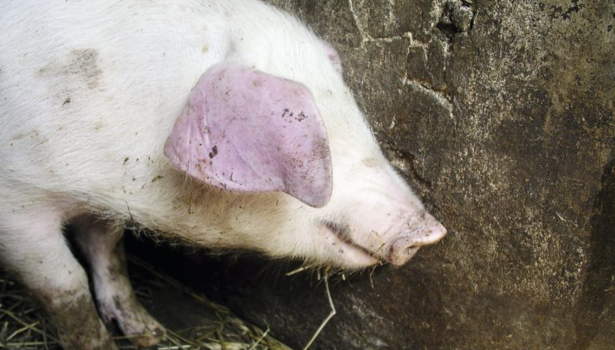
Szerzenie się, profilaktyka i terapia ważnych ekonomicznie chorób układu oddechowego świń (pleuropneumonia, mykoplazmowe zapalenie płuc)
Piśmiennictwo Czyżewska-Dors E.: Epidemiologia zakażeń układu oddechowego świń oraz przydatność profili serologicznych w ich diagnostyce i zwalczaniu. Rozprawa doktorska, Państwowy Instytut Weterynaryjny – Państwowy Instytut Badawczy, Puławy 2015. Janeczko K.: Immunoprofilaktyka – możliwości pokonywania problemów związanych ze zmiennością drobnoustrojów. „Magazyn Weterynaryjny, Monografia – Choroby Świń”, czerwiec 2016, 24-30. Pomorska-Mól M., Kwit K., Stasiak E.: Możliwości […]

Wprowadzenie do stomatologii koni
Piśmiennictwo Loomans J.B.A., Stolk P.W.Th., van Weeren P.R., Vaarkamp H., Barneveld A.: A survey of the workload and clinical skills in current equine practices in The Netherlands. „Equine Veterinary Education”, 2007, 19: 162-168. Baker G.J., Easley J.: Equine dentistry. WB Saunders, 1999. Staszyk C., Wulff W., Jacob H.G., Gasse H.: The periodontal ligament of equine […]

Wskazówki na wypadek widocznego niepowodzenia terapii antybiotykowej. Kryteria skutecznej terapii oraz kluczowe pytania jako 5 kroków drzewa analitycznego
Czynniki powiązane z użyciem antybiotyku w terapii: Czy wybór antybiotyku opierał się na badaniach klinicznych i dodatkowych (diagnoza, antybiogram)? Sprawdź odpowiedź na pytanie 3. Farmakokinetyka/farmakodynamika wybranego antybiotyku? Koncentracja i czas działania antybiotyku w zakażonej tkance a efektywność w stosunku do czynnika bakteryjnego wywołującego chorobę (spektrum działania antybiotyku, wrażliwość z antybiogramu – odpowiedzi na pytanie 3.). […]

Czarno na białym – mastitis okiem praktyka – rozmowa z dr. n. wet. Sebastianem Smulskim
Rozmowa z dr. n. wet. Sebastianem Smulskim, pracownikiem Uniwersytetu Przyrodniczego w Poznaniu, specjalistą w dziedzinie profilaktyki i leczenia mastitis u krów, który w swoich badaniach zgłębia tematykę zapalenia gruczołu mlekowego u bydła, zarówno w aspekcie naukowym, jak i praktycznym. Większość zapaleń gruczołu mlekowego ma etiologię bakteryjną. Dlaczego, pomimo rozwoju mikrobiologii, medycyny weterynaryjnej i prowadzonych badań, […]

XVIII FORUM ZOOTECHNICZNO-WETERYNARYJNE: NOWE HORYZONTY W ROZRODZIE ZWIERZĄT
Na Uniwersytecie Przyrodniczym w Poznaniu w dniach 18-19 kwietnia br. odbyło się XVIII Forum Zootechniczno-Weterynaryjne pod hasłem „Rozród zwierząt w dobie selekcji genomowej”. To wydarzenie zgromadziło liczne grono lekarzy weterynarii oraz hodowców, by omówić najnowsze osiągnięcia w dziedzinie hodowli i rozrodu zwierząt. Organizacja Forum była wspólnym przedsięwzięciem Poznańskiego Koła Polskiego Towarzystwa Zootechnicznego, Wielkopolskiego Oddziału Polskiego […]




